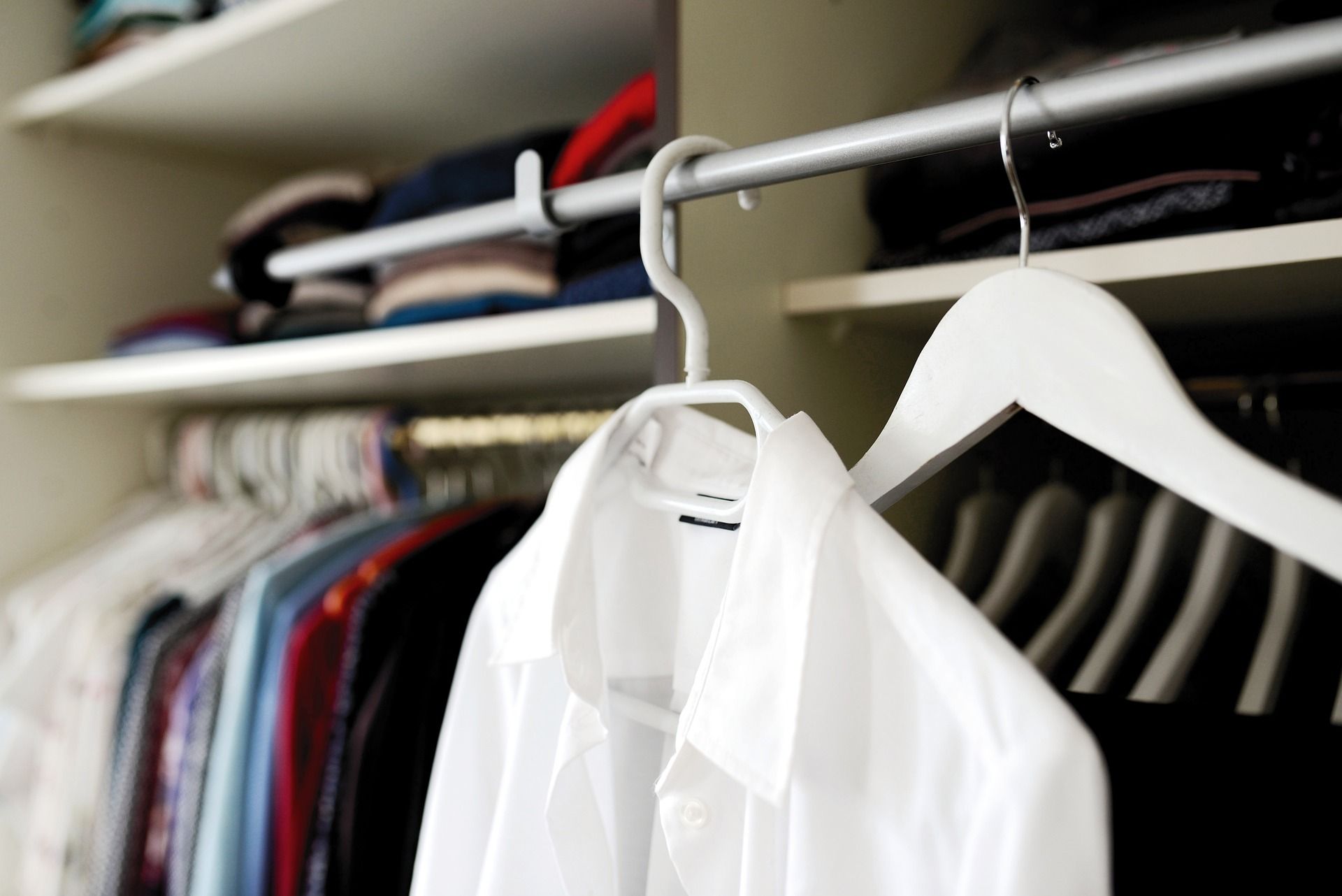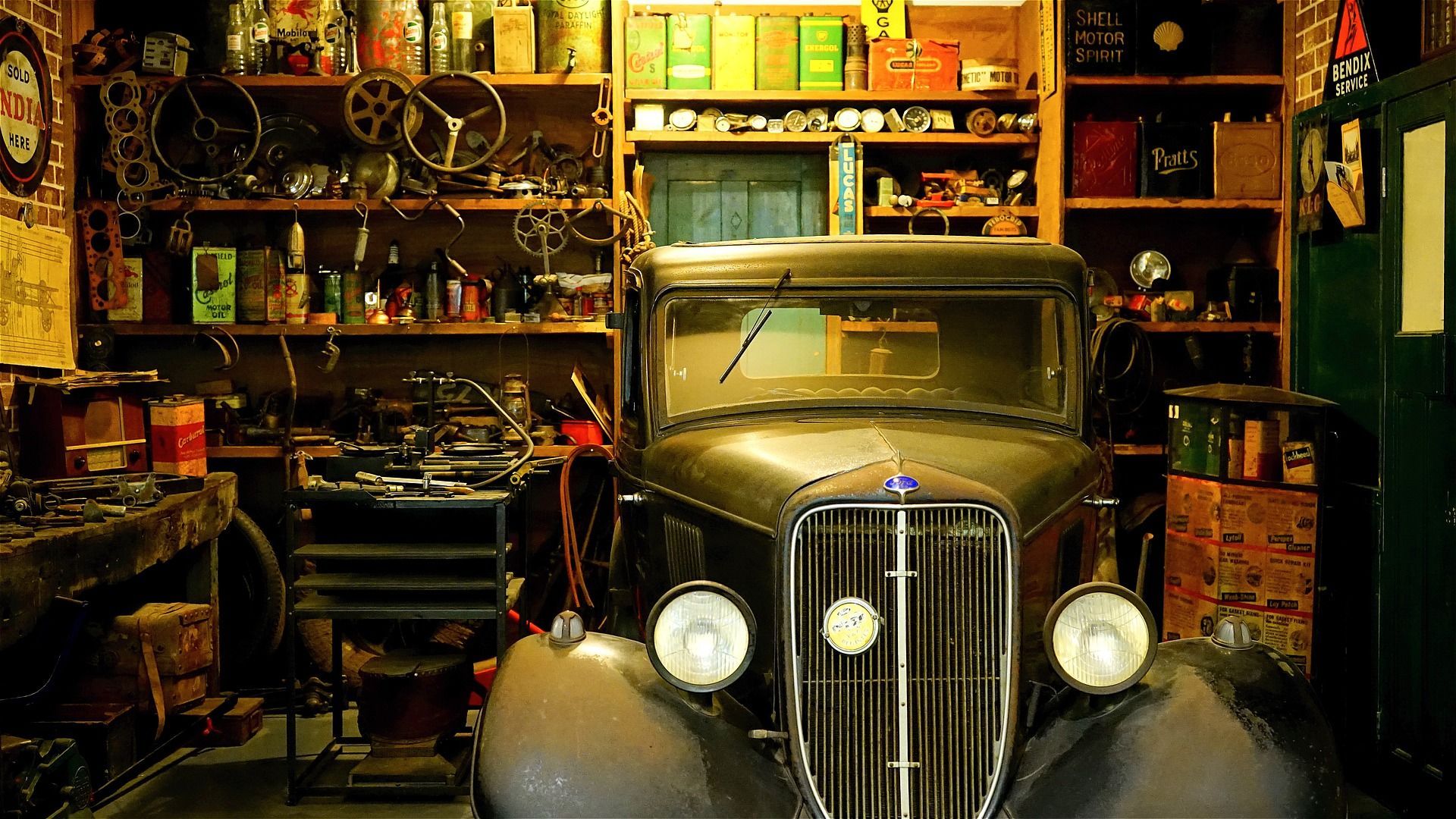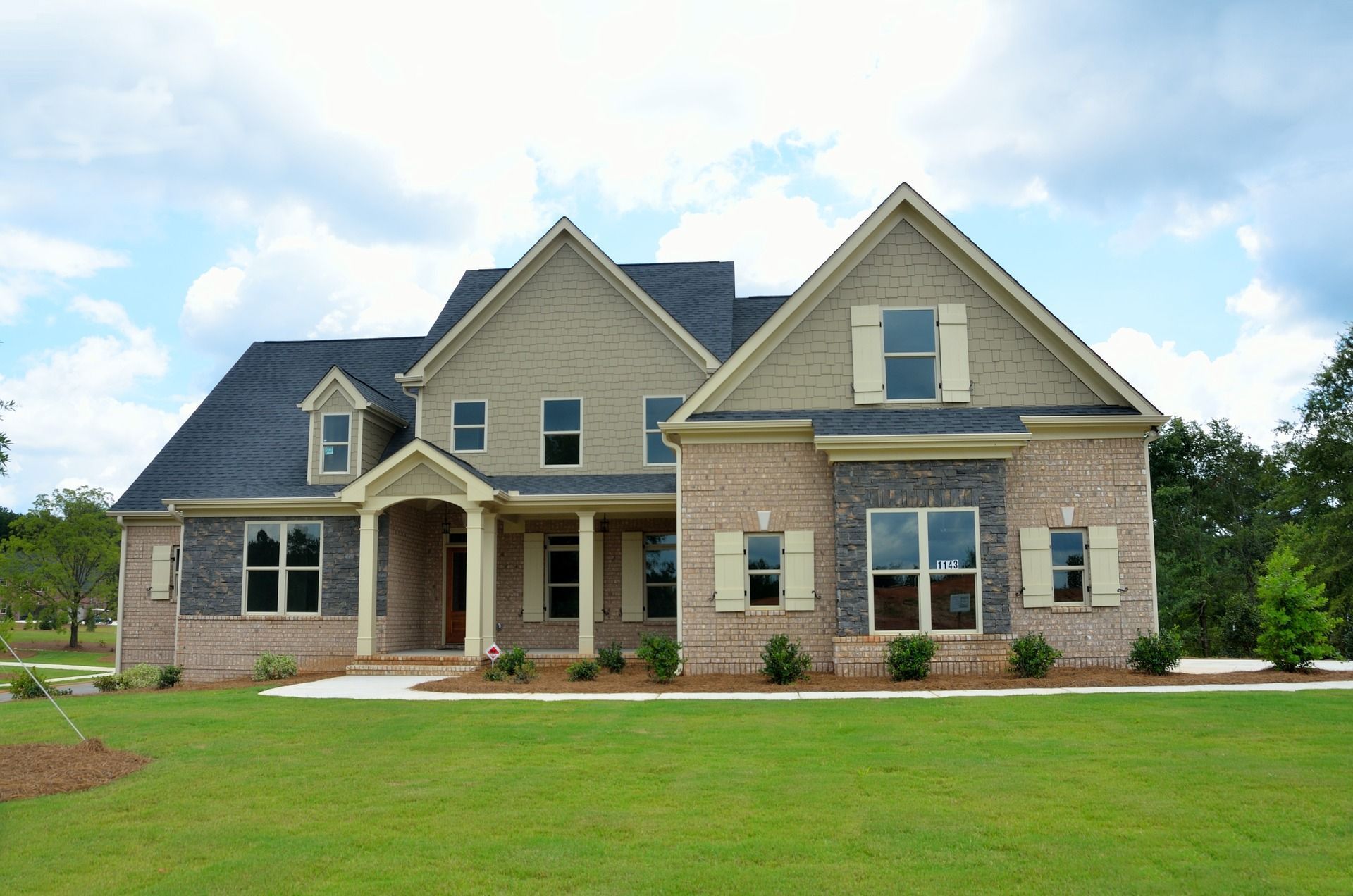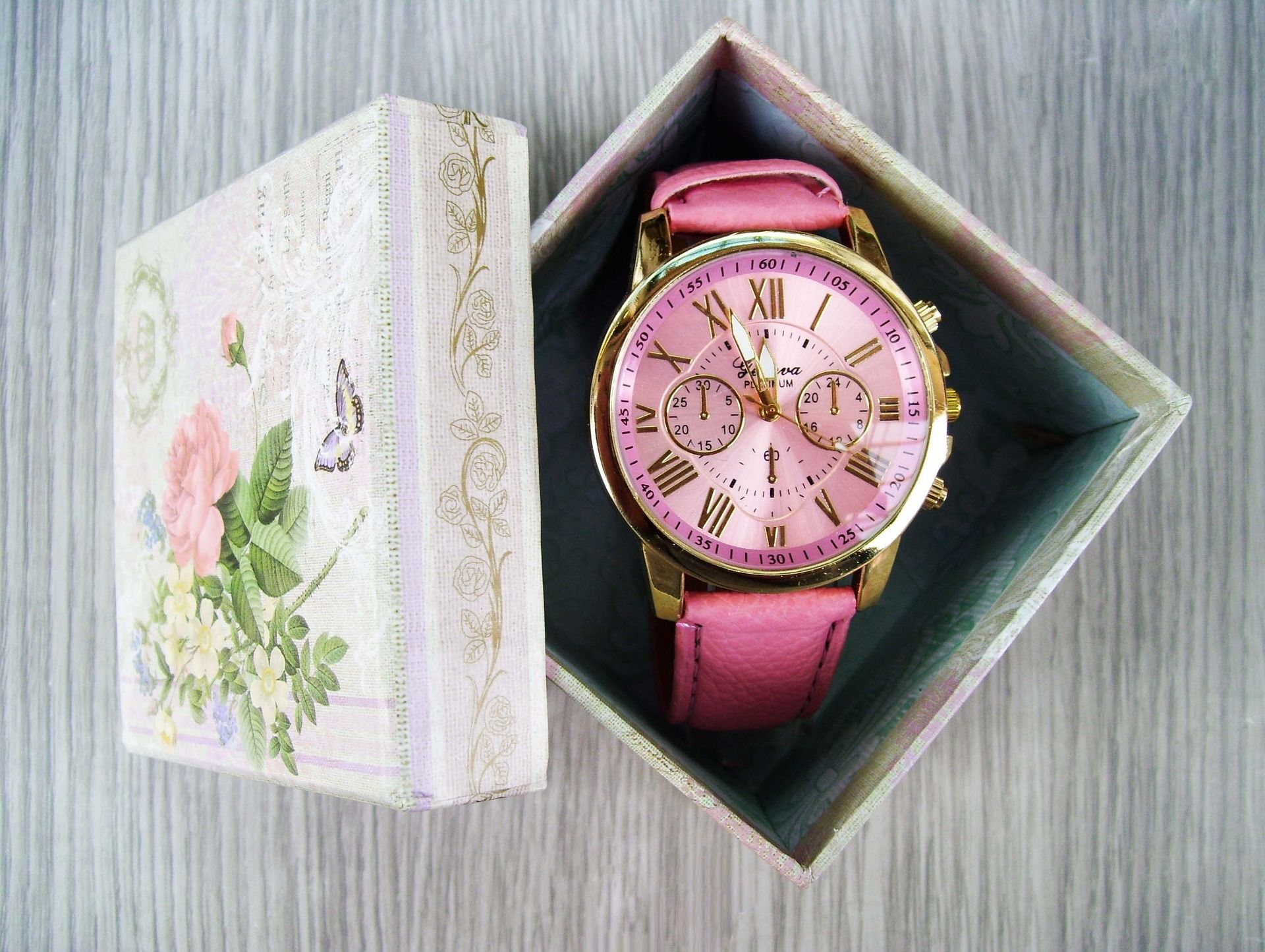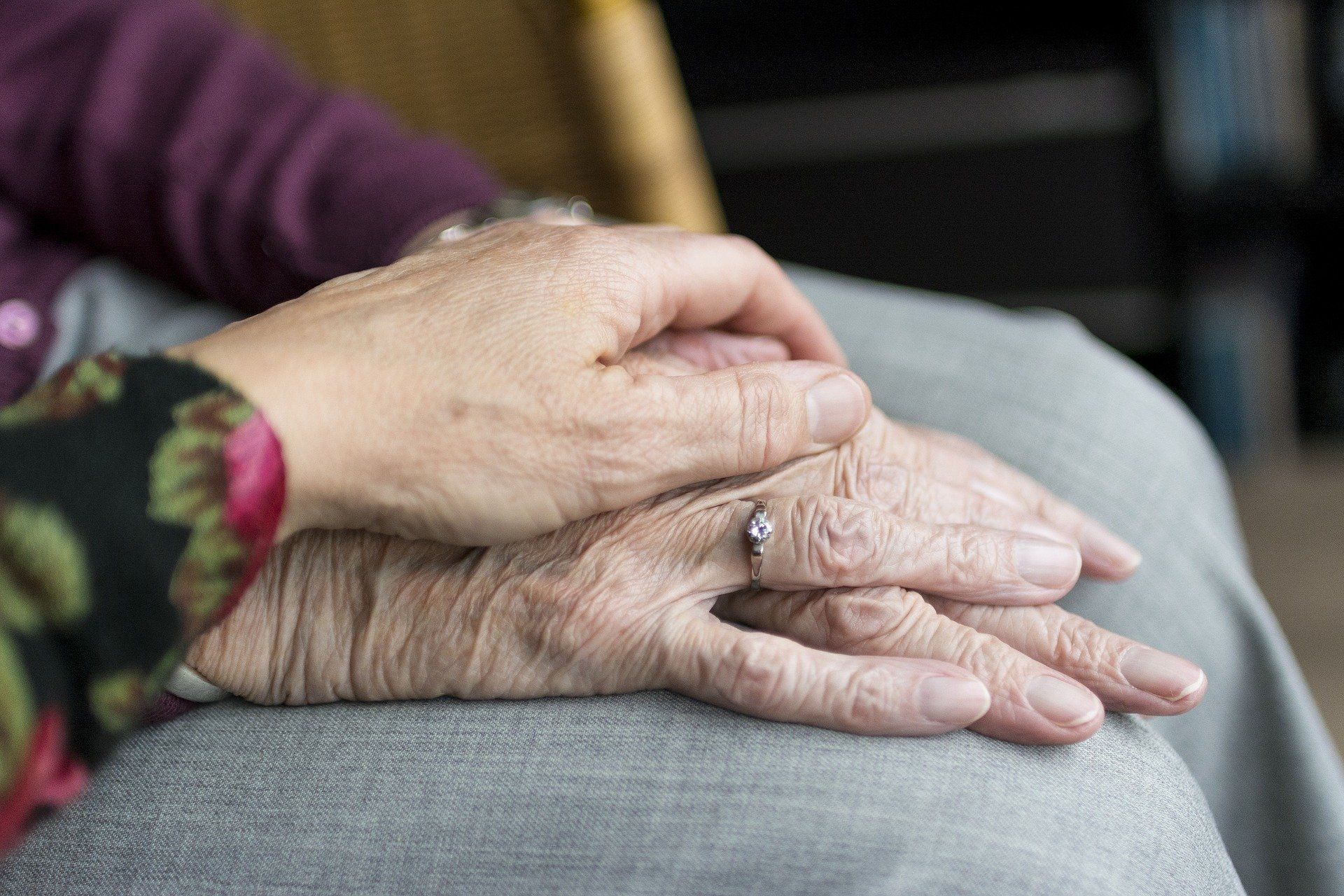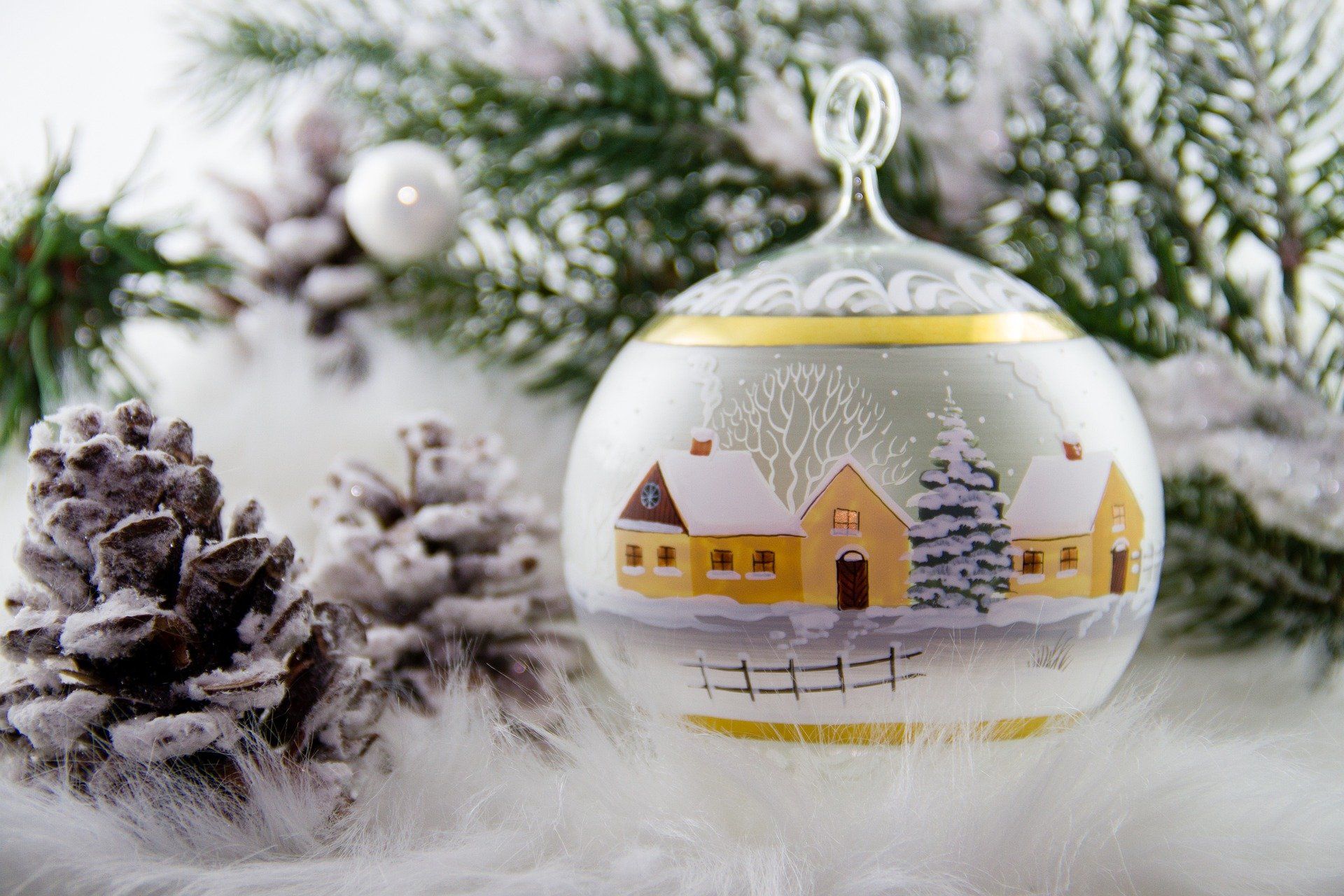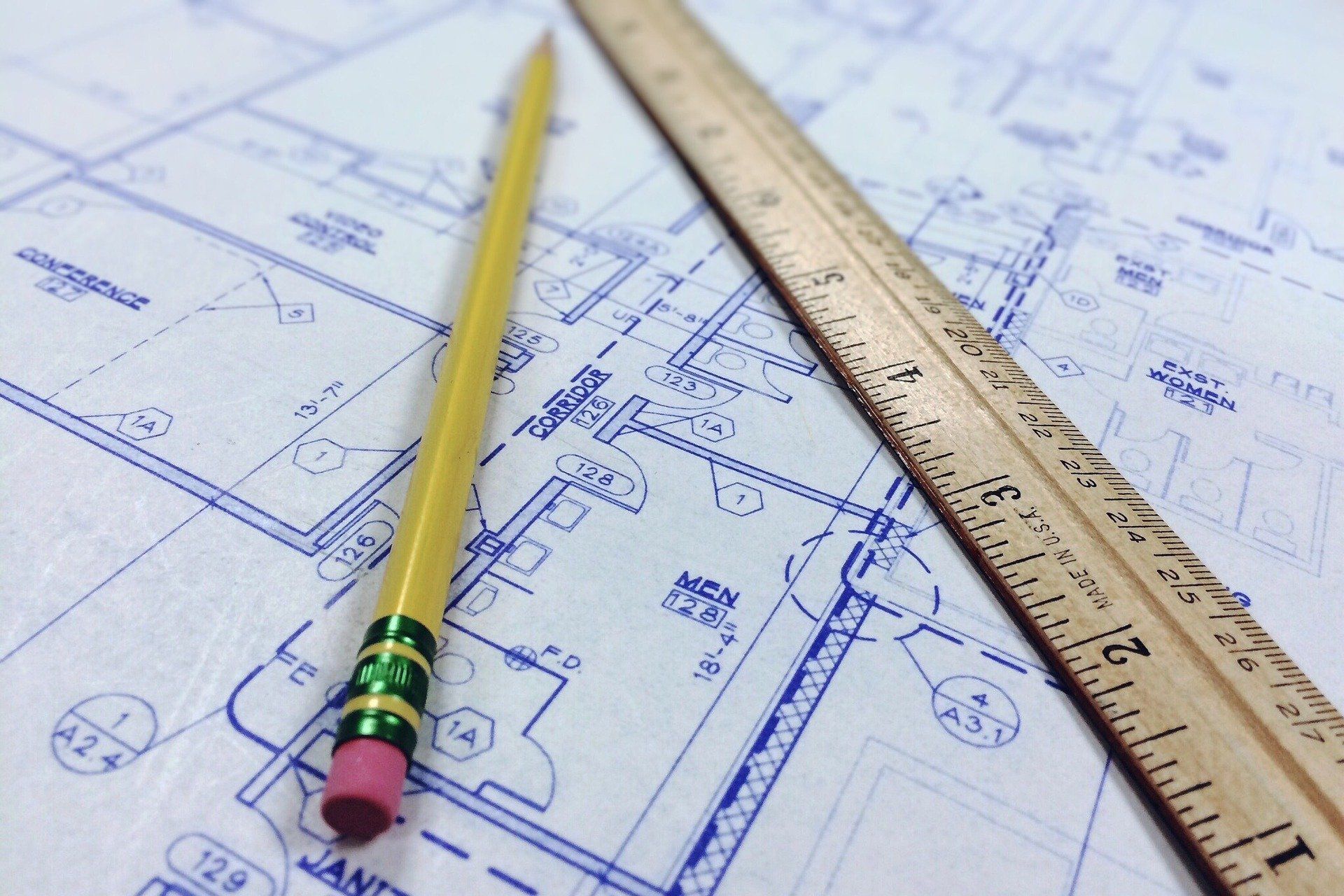Home Safety
Simple things you can do to create a safer home for you, your family, and your guests.
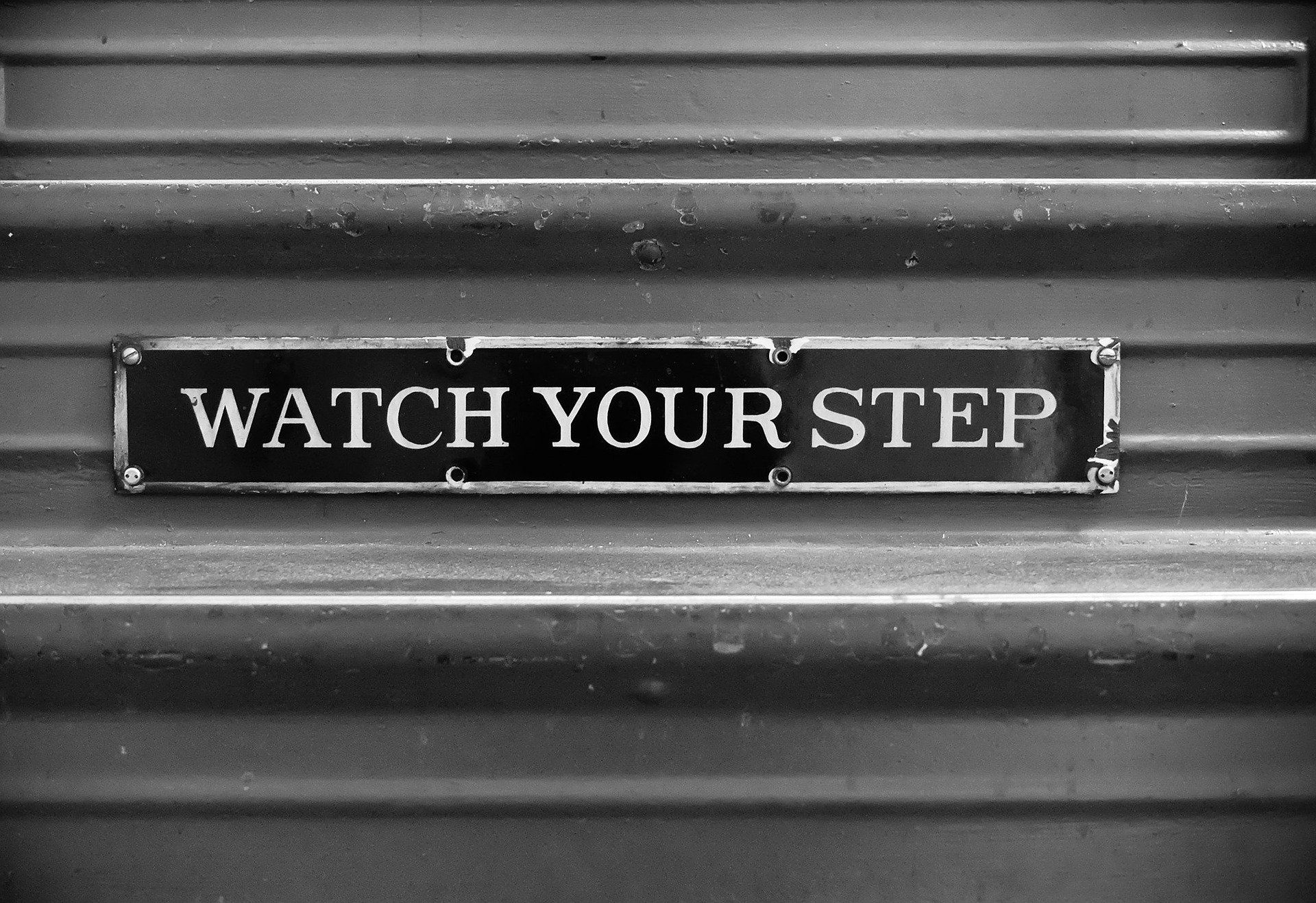
It’s always a good idea to review our homes no matter our age to be sure we are living in a safe environment. We want to remain safe and independent no matter where we live and we want to stay in control of our lives. Each year we are reminded to do simple things like check our smoke and carbon monoxide detectors to be sure they are in good working order. But, when was the last time you looked over the rest of your home for any safety issues?
Businesses are concerned with OSHA regulations to keep their employees safe, while our homes are, by and large, left up to us for improvements. What areas of your home would be considered unsafe? What simple things can you do to create a better and safer home for you, your family, and your guests?
As we age our needs and abilities change. A slippery bathtub or floor mat becomes more dangerous as our aging bones become more brittle. As we become more unbalanced and our reaction times slow down, an unsteady step stool or a cluttered pathway through a room can be more risky.
Are your walking paths wide enough for you to easily pass through? Could you get by with a walker or wheelchair if necessary? Is your sidewalk or driveway in need of repair to eliminate tripping hazards? Do you have any cables or cords, loose carpeting, floor mats or flooring that could cause a fall? Adjusting furniture placements, tidying up cords, adding double sided tape to secure area rugs can all improve walking areas. The addition of a ramp over small steps can make access easier, while a coating of non-slip or textured paint can reduce falls as well. You may find that you’ll need to adjust rug placements so the corners or edges aren’t located in major walkways or doorways, or you may need to remove small area rugs from your home altogether.
What about fire safety issues? Are your powerstrips and extension cords overloaded? Are there phone or extension cords, wires, or cables with frayed edges? Are your curtains, towels, bedding and other flammable materials kept away from your heating units, oven, burners and appliances?
Does your home need more lighting both inside and out so you have better visibility for your exterior doorways, on stairs, in hallways and in rooms? Would installing night lights, additional light switches, remote controlled lighting, or touch lighting offer you better visibility at night?
A phone beside your bed or in the bathroom, as well as, medical alert devices can offer additional security and peace of mind for care receivers and caregivers. Grab bars, railings and non-slip mats, abrasive strips and decals are some more ways you can reduce falls.
A quick search online can help you find “Home Safety Checklists” so you can be sure you’re looking over every area of your home.
The Pennsylvania Department of Aging has fall prevention tips in an online booklet: https://www.aging.pa.gov/aging-services/health-wellness/Documents/Falls%20Prevention/Printable%20Falls%20Prevention%20Checklist.pdf
AARP.org has a caregiving checklist at:
https://assets.aarp.org/external_sites/caregiving/checklists/checklist_homeSafety.html
If you’ve been putting off some of these simple repairs and improvements, today’s the day to start! Do it before you or a loved one has an injury that goes beyond a simple bruise to requiring a hospital and rehabilitation stay. It’s time to be proactive instead of reactive with regret!


